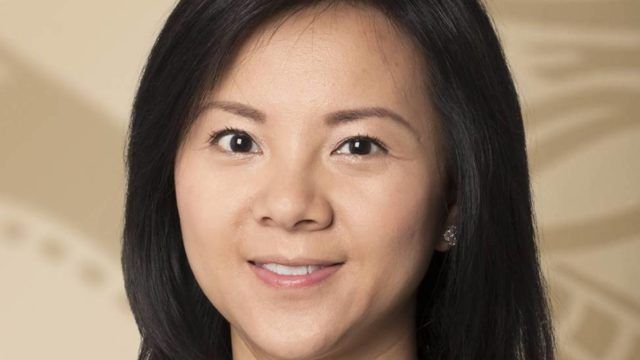Tiffany Hsiao, Matthews Asia
“We only aim to invest in the top 1-2% in a universe of 4,500 companies, which comes to a total of 40 to 60 names,” she said.
The process of choosing small caps (for Matthews Asia the universe is Chinese companies with less than $3bn market cap) begins when her investment team of six screens for companies that are good capital allocators.
“We look for companies that have high rates of return of investor capital. The initial screen has to be above 10%”.
To find out which companies have “natural, well balanced, good returns”, the team attends trade shows, which provide the opportunity to talk to competitors, suppliers and customers of a company and to get a sense of the industry, she said.
Small cap due diligence
The next step is due diligence on the people who are running the business as well as the founders, which helps screen for fraud. “We specifically go back and interview the ex-bosses, the ex-co-workers of the founders and figure out their strengths, weaknesses and what mistakes they have made.
“We have taken a private equity-style approach for the fund,” she said. “There is not much analyst coverage, so we are doing primary research and on-the-ground due diligence for an industry and the management of a specific company,” she continued. “There are no shortcuts and you really have to talk to these people.”
“The last part is really the financials and the valuations. We don’t just take any financial report, we want to make sure that we can personally verify the numbers.”
She said that once she sat in a slaughterhouse in Nanjing (eastern China) at 4:00am “counting the number of chops that come in and out of the house”.
Red flags
Corporate governance is the biggest risk in China small cap investing. “There have been cases where we like the company and the industry, but the chairman or the founder has side businesses that could create a potential conflict of interest.”
Another warning sign is “serial acquirers”.
“A lot of these small companies have great cash flow. They grow without relying on the bank, but as they generate cash flow they start to waste it, so that is a definite type of company that we avoid as well.”
Small companies have limited access to loans and are therefore highly dependent on founders’ capital and savings.
“To start a business in China, the founders have been supported with their own hard-earned savings, in addition to some borrowed from family and friends,” said Hsiao, adding that these entrepreneurs tend to be good allocators of capital as they do not risk wasting any part of their savings.
She added that 68% of companies in her fund are in a net cash position.
Favoured sectors
Currently, China’s small-cap stocks, valued at an average price-to-earnings ratio of 10.9, now stand at their 10-year average, she said. She added that she expects their earnings to grow 21% on average in 2018.
Hsiao is bullish on the sectors that are expected to drive China’s transformation.
“We like the services upgrade type of companies, for example, private education, concierge management and travel services,” she said. The theme of healthy living is also a focus in the fund, which targets companies involved in immunology, genome sequencing, medical waste recycling and botox treatment.
She also likes semiconductor makers. “China imports more semiconductors per year than oil and it wants to be self-sufficient on the material, which powers the military and telecommunications,” she said.
Matthews Asia China Small Companies Fund vs category average and benchmark


















